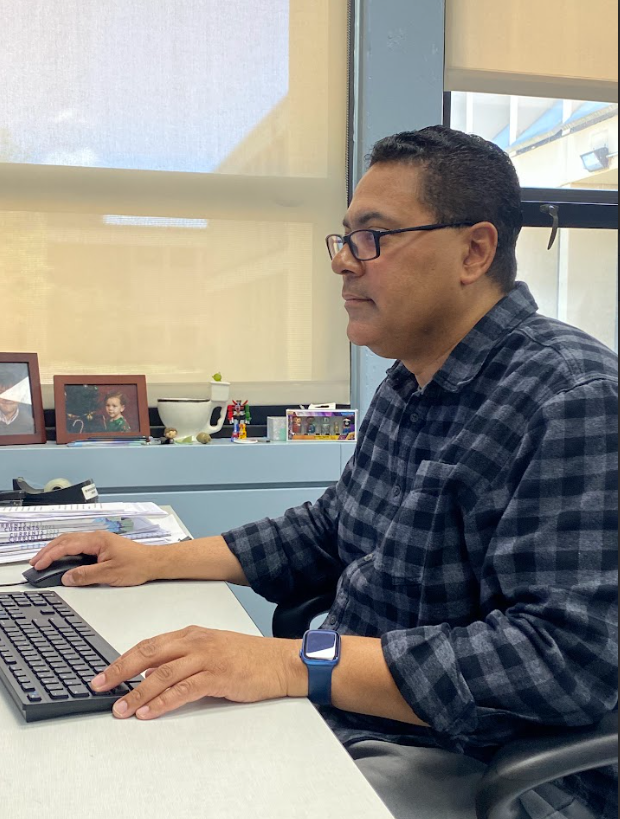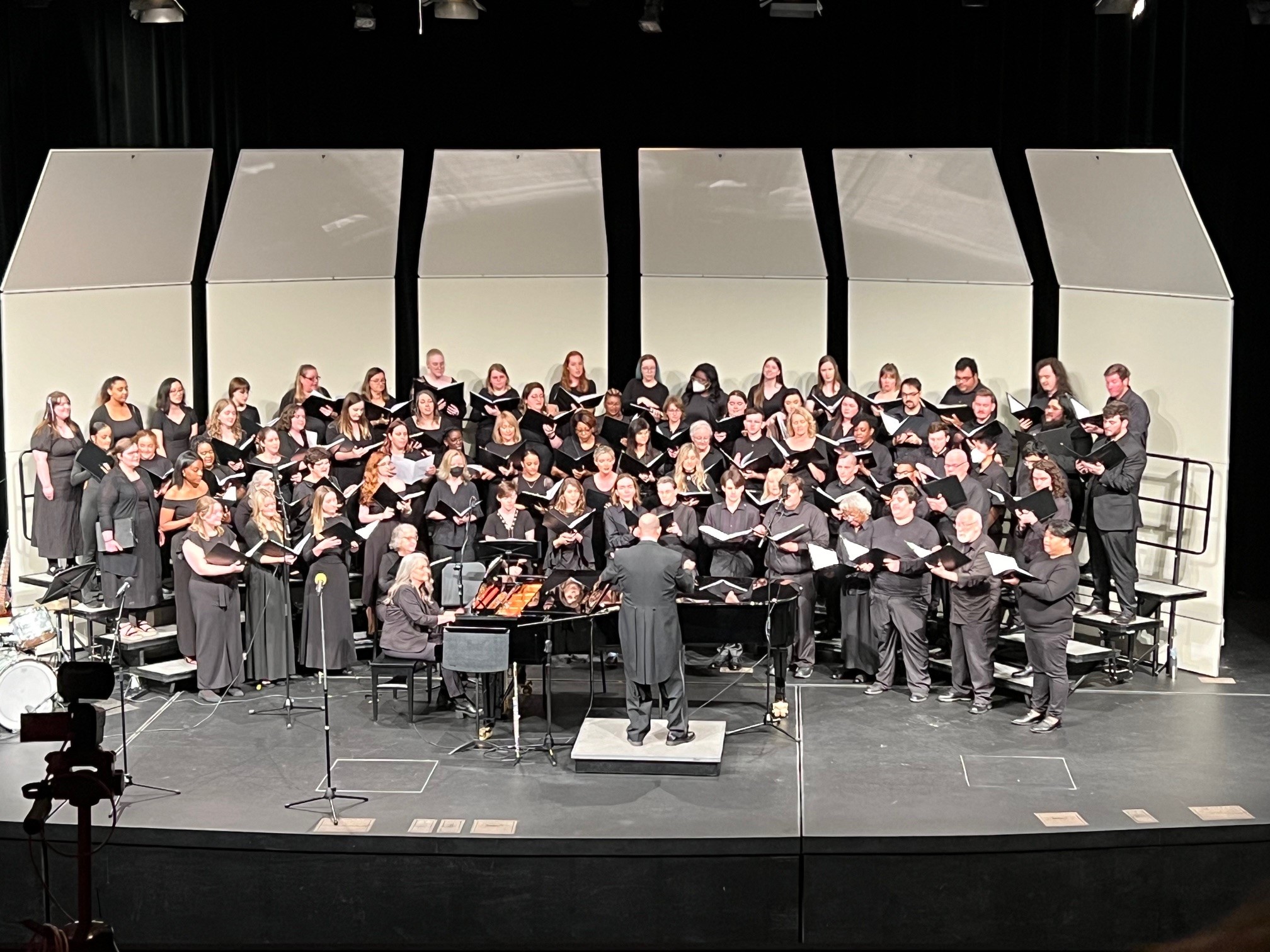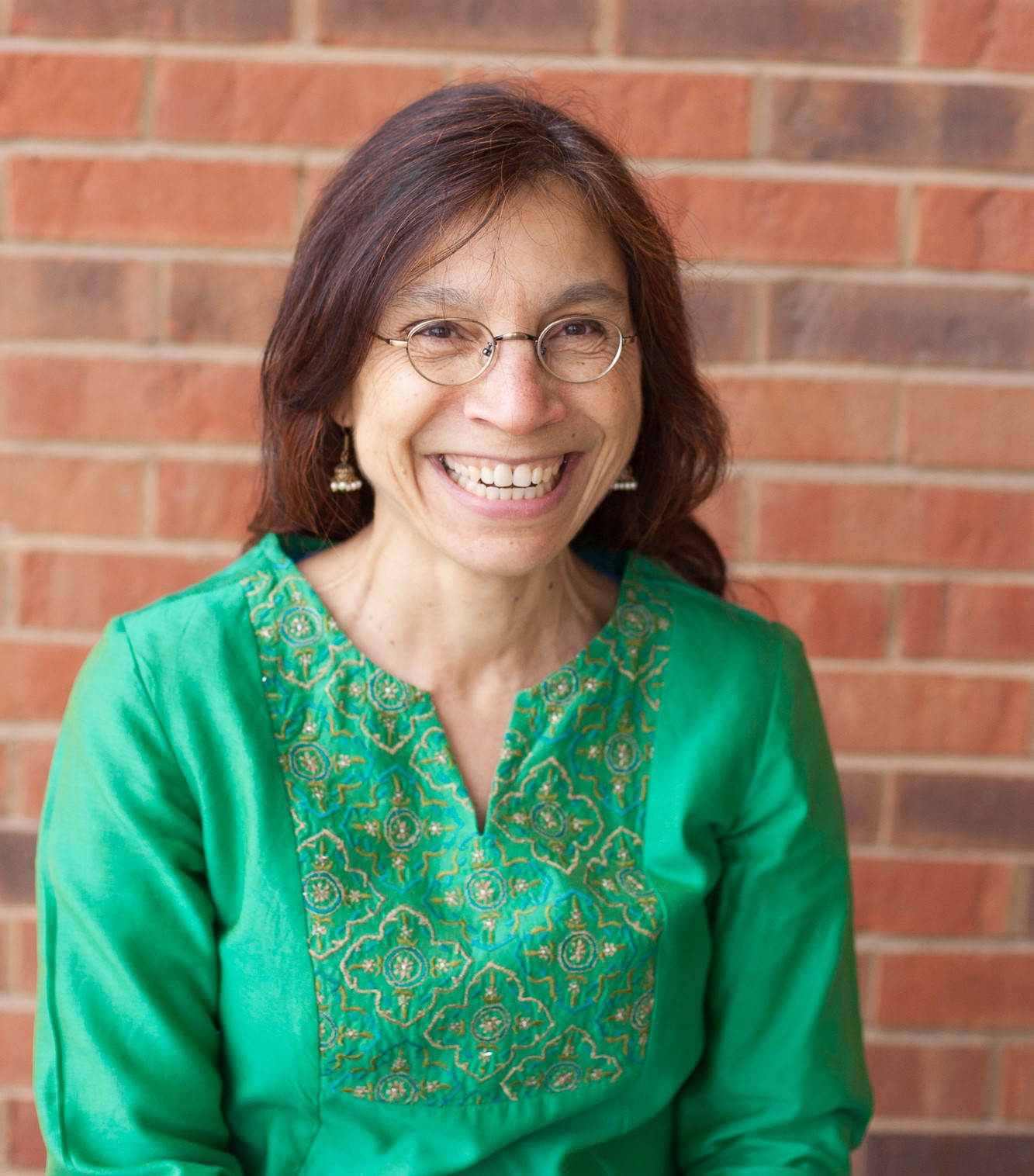Alumnus Dan Parris’ documentary included in annual St. Louis International Film Festival

Steven Ducan
-Staff Writer-
Dan Parris, owner of Speak Up Productions, wins “Best Documentary Feature” for his film “Give a Damn?” in the 2011 St. Louis Filmmakers Showcase and has been invited to the St. Louis International Film Festival this fall.
“Give a Damn?”, an adventure documentary about extreme poverty, will be screening at STLCC-Meramec on Wednesday, Sept. 28, 2011.
Parris attended Meramec from 2003-2006, where he founded Meramec’s Global Justice Club. In 2005, Parris visited the Kibera slum in Nairobi, Kenya. When he returned home, Parris said, his lingering questions about how to help the poor served as fuel for the film.
In the film, Parris, Rob Lehr and Meramec alumnus David Peterka (see http://www.meramecmontage.com/artlife/unfinished-business), travel from St. Louis, Mo, through Europe and onto Africa – hitchhiking, sleeping with the homeless and scavenging dumpsters for food, as they experience life in extreme poverty while exploring for ways to help.
“See, learn, come back and teach others,” Paul Rusesabagina, a Rwandan Humanitarian whose efforts were the basis of the film “Hotel Rwanda”, said in an interview with Parris.
Their last night in St. Louis was spent on a sofa in a derelict building along the St. Louis riverfront that has been settled by some of the city’s homeless population.
“We just kind of showed up,” Parris said. “We didn’t really know what to expect.”
Parris, Peterka and Lehr met Eddie, a homeless man, whom they hung out with for a couple hours before going to bed. In the morning they woke up and shared coffee with Jeremiah, a former professor now living in the building.
“We found out later that there were just a couple guys on our side [of the building], but on the other side, is there’s a bunch of drunks and drug addicts,” Parris said. “We tried to talk to them, but they wouldn’t talk… they were drunk, methed out and there was pornography everywhere.”
In Geneva, Switzerland, Parris interviewed Norbert Lebale, an economist at the United Nations, but not until the team was nourished with a broth of vegetables scavenged from Geneva’s garbage.
“I didn’t really know the plan,” Parris said. “We were pulling stuff out of the trash and I thought we were just going to eat it, but we ended up cooking it and it was fine… I just trusted [Lehr], he said if we boil it then it will kill any bacteria.”
On their last stop in Europe, the team met a friend of a friend, Veda, an architecture graduate student in Serbia.
“I quickly learned [she] had thoughts of helping the world but was afraid to,” Parris writes.
Together, they visited a slum populated mostly by Ashkali, an ethnic minority, and were introduced to its president.
“We crept into the slum and people were definitely staring us down. We approached the center of the village, asked for the president, and were taken to his makeshift house. He was ecstatic that we had come and gave us an interview for about 45 minutes,” Parris writes.
After they left the slum, Veda was less afraid and thinking of ways to help. It’s about seeing it with your own eyes, Veda said in the film.
“I saw her mind racing,” Parris writes. “It was the same look that I had after visiting Africa for the first time. So many of her prejudices disappeared during those last few hours, and she was asking herself how she could get involved in that slum.”
On July 31, 2009, the team finally made it to Nairobi, Kenya and met up with Tony Mungai, founder of MTAANI VCT Center, an outreach program that provides free HIV/AIDS testing and counseling services in the Kibera area.
Parris met Mungai on his first trip to the Kibera slum in 2005. According to Parris, it was his conversations with Mungai that helped shape his life’s dream to help the poor. Mungai served as guide, translator and health worker for “Give a Damn?” in Africa. His proceeds from the film helped to open the MTAANI VCT Center.
While filming aerial footage of Kibera just one day after arriving in Nairobi, Parris and Lehr survived a deadly plane crash that killed pilots Frank Toews and Ryan Williams.
“Five seconds prior to impact, Dan and I realized that the worst was happening, we were going down, and the only thing in front of us was a building… then we smashed through power lines. All I remember is an explosion of white, followed by darkness and five seconds of what felt like being football tackled on every side,” Lehr writes.
Both Parris and Lehr returned to the United States to recover from physical and mental injuries. David Peterka and his brother Tim Peterka remained in Africa committed to finishing the film in honor of Toews and Williams.
Parris remained sick in the United States for 9 months after the crash, where he had surgery to remove 10 inches of his intestines. After the surgery, Dan started to put weight back on and by May of 2010 he began editing the film and completed it just in time to enter it into the Sundance Film Festival in September.
Sundance rejected the film, the first in a series of rejections from festivals and grants, according to Parris.
“It was disheartening at times,” Parris said.
But Parris said he sees their story as one of struggle and one of not giving up.
“The more time has gone by, and the more I’ve seen things work out, the less I let disappointing things rock me,” Parris said.
Up until the St. Louis Filmmakers Showcase, Parris said it didn’t seem like the film was going anywhere. But after receiving a standing ovation, winning the “Best Documentary” award and getting into the St. Louis International Film Festival (SLIFF), the momentum’s been pushing itself.
“The last few weeks haven’t been that hard,” Parris said. “It’s been very exciting and there’s a lot of good news.”
Parris hopes that the momentum from the SLIFF will lead to more festivals and, ultimately, a distributor that will bring the film to a larger audience. A tour is planned for the film this fall, including Meramec.
“We hope you figure out what breaks your heart,” Parris said of the film’s goal to an audience at the Tivoli Theatre in University City, Mo. “What makes you come alive? And think about what your talents are that God has given you… and then put those two things together.”
Parris said that he loves filmmaking and he loves giving people purpose.
“One of the biggest things keeping people from making a difference is fear of the unknown,” Parris said.
Dan Parris, owner of Speak Up Productions, wins “Best Documentary Feature” for his film “Give a Damn?” in the 2011 St. Louis Filmmakers Showcase and has been invited to the St. Louis International Film Festival this fall.
“Give a Damn?”, an adventure documentary about extreme poverty, will be screening at STLCC-Meramec on Wednesday, Sept. 28, 2011.
Parris attended Meramec from 2003-2006, where he founded Meramec’s Global Justice Club. In 2005, Parris visited the Kibera slum in Nairobi, Kenya. When he returned home, Parris said, his lingering questions about how to help the poor served as fuel for the film.
In the film, Parris, Rob Lehr and Meramec alumnus David Peterka (see http://www.meramecmontage.com/artlife/unfinished-business), travel from St. Louis, Mo, through Europe and onto Africa – hitchhiking, sleeping with the homeless and scavenging dumpsters for food, as they experience life in extreme poverty while exploring for ways to help.
“See, learn, come back and teach others,” Paul Rusesabagina, a Rwandan Humanitarian whose efforts were the basis of the film “Hotel Rwanda”, said in an interview with Parris.
Their last night in St. Louis was spent on a sofa in a derelict building along the St. Louis riverfront that has been settled by some of the city’s homeless population.
“We just kind of showed up,” Parris said. “We didn’t really know what to expect.”
Parris, Peterka and Lehr met Eddie, a homeless man, whom they hung out with for a couple hours before going to bed. In the morning they woke up and shared coffee with Jeremiah, a former professor now living in the building.
“We found out later that there were just a couple guys on our side [of the building], but on the other side, is there’s a bunch of drunks and drug addicts,” Parris said. “We tried to talk to them, but they wouldn’t talk… they were drunk, methed out and there was pornography everywhere.”
In Geneva, Switzerland, Parris interviewed Norbert Lebale, an economist at the United Nations, but not until the team was nourished with a broth of vegetables scavenged from Geneva’s garbage.
“I didn’t really know the plan,” Parris said. “We were pulling stuff out of the trash and I thought we were just going to eat it, but we ended up cooking it and it was fine… I just trusted [Lehr], he said if we boil it then it will kill any bacteria.”
On their last stop in Europe, the team met a friend of a friend, Veda, an architecture graduate student in Serbia.
“I quickly learned [she] had thoughts of helping the world but was afraid to,” Parris writes.
Together, they visited a slum populated mostly by Ashkali, an ethnic minority, and were introduced to its president.
“We crept into the slum and people were definitely staring us down. We approached the center of the village, asked for the president, and were taken to his makeshift house. He was ecstatic that we had come and gave us an interview for about 45 minutes,” Parris writes.
After they left the slum, Veda was less afraid and thinking of ways to help. It’s about seeing it with your own eyes, Veda said in the film.
“I saw her mind racing,” Parris writes. “It was the same look that I had after visiting Africa for the first time. So many of her prejudices disappeared during those last few hours, and she was asking herself how she could get involved in that slum.”
On July 31, 2009, the team finally made it to Nairobi, Kenya and met up with Tony Mungai, founder of MTAANI VCT Center, an outreach program that provides free HIV/AIDS testing and counseling services in the Kibera area.
Parris met Mungai on his first trip to the Kibera slum in 2005. According to Parris, it was his conversations with Mungai that helped shape his life’s dream to help the poor. Mungai served as guide, translator and health worker for “Give a Damn?” in Africa. His proceeds from the film helped to open the MTAANI VCT Center.
While filming aerial footage of Kibera just one day after arriving in Nairobi, Parris and Lehr survived a deadly plane crash that killed pilots Frank Toews and Ryan Williams.
“Five seconds prior to impact, Dan and I realized that the worst was happening, we were going down, and the only thing in front of us was a building… then we smashed through power lines. All I remember is an explosion of white, followed by darkness and five seconds of what felt like being football tackled on every side,” Lehr writes.
Both Parris and Lehr returned to the United States to recover from physical and mental injuries. David Peterka and his brother Tim Peterka remained in Africa committed to finishing the film in honor of Toews and Williams.
Parris remained sick in the United States for 9 months after the crash, where he had surgery to remove 10 inches of his intestines. After the surgery, Dan started to put weight back on and by May of 2010 he began editing the film and completed it just in time to enter it into the Sundance Film Festival in September.
Sundance rejected the film, the first in a series of rejections from festivals and grants, according to Parris.
“It was disheartening at times,” Parris said.
But Parris said he sees their story as one of struggle and one of not giving up.
“The more time has gone by, and the more I’ve seen things work out, the less I let disappointing things rock me,” Parris said.
Up until the St. Louis Filmmakers Showcase, Parris said it didn’t seem like the film was going anywhere. But after receiving a standing ovation, winning the “Best Documentary” award and getting into the St. Louis International Film Festival (SLIFF), the momentum’s been pushing itself.
“The last few weeks haven’t been that hard,” Parris said. “It’s been very exciting and there’s a lot of good news.”
Parris hopes that the momentum from the SLIFF will lead to more festivals and, ultimately, a distributor that will bring the film to a larger audience. A tour is planned for the film this fall, including Meramec.
“We hope you figure out what breaks your heart,” Parris said of the film’s goal to an audience at the Tivoli Theatre in University City, Mo. “What makes you come alive? And think about what your talents are that God has given you… and then put those two things together.”
Parris said that he loves filmmaking and he loves giving people purpose.
“One of the biggest things keeping people from making a difference is fear of the unknown,” Parris said.











